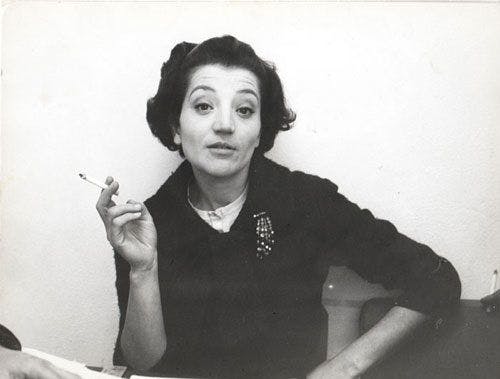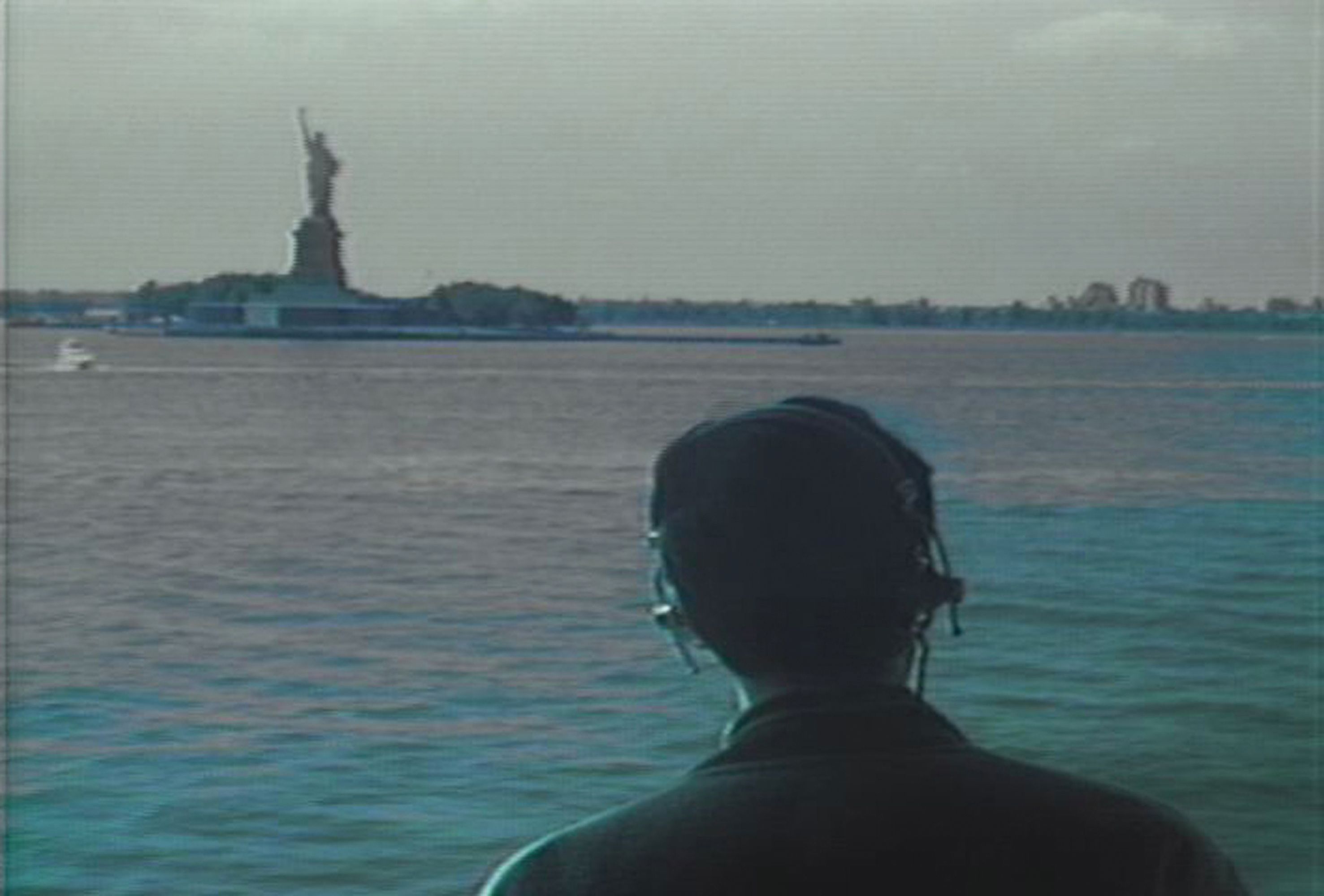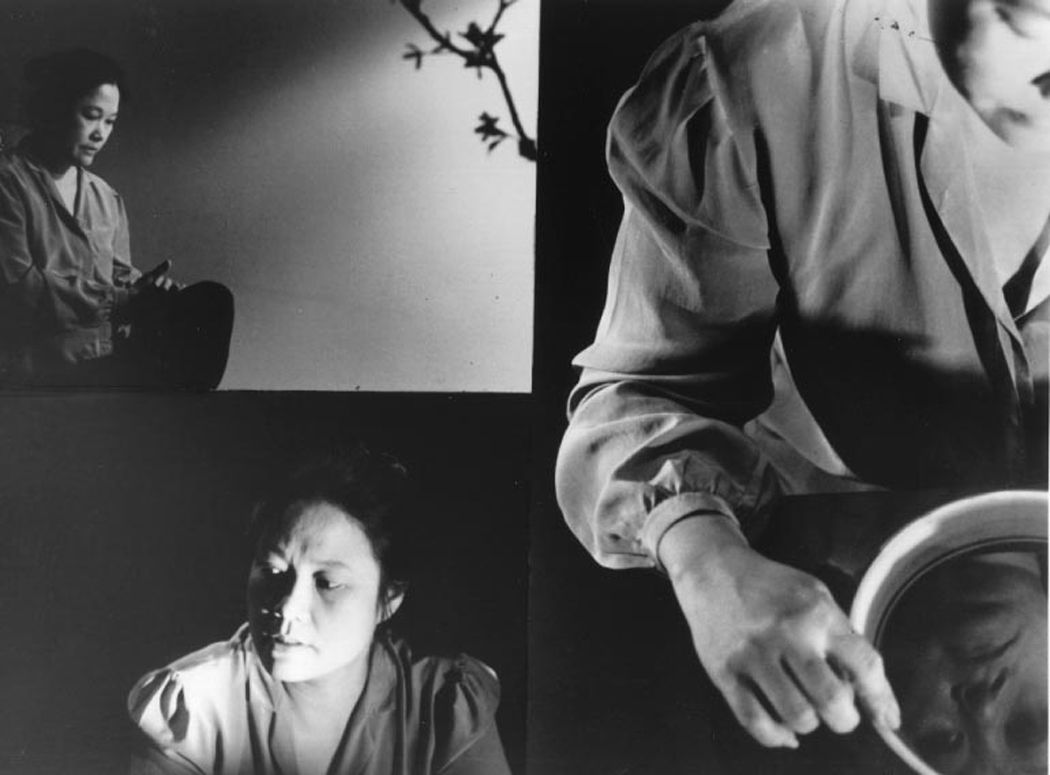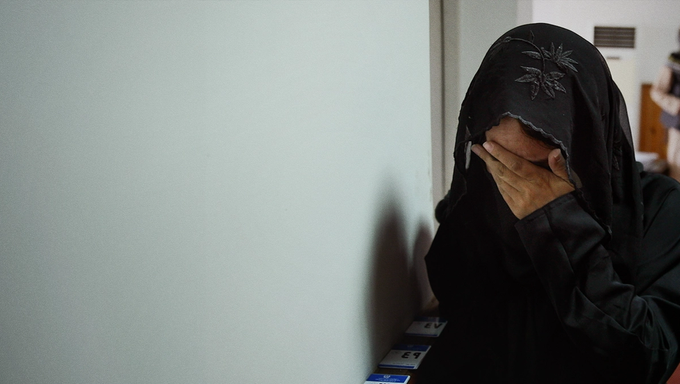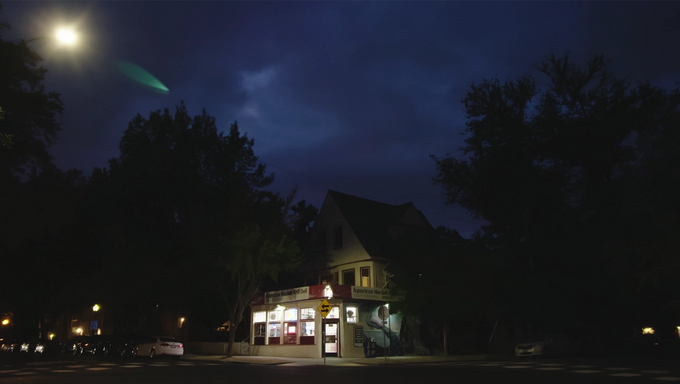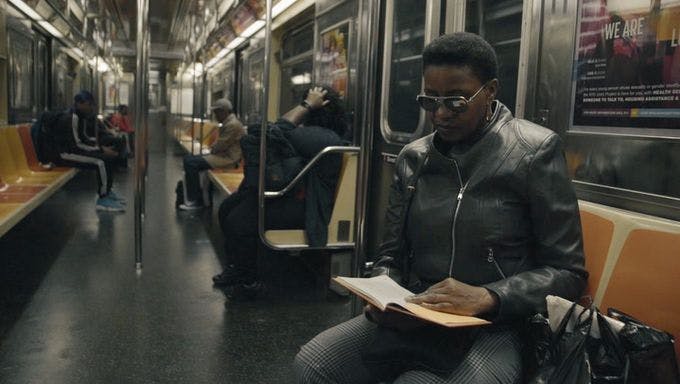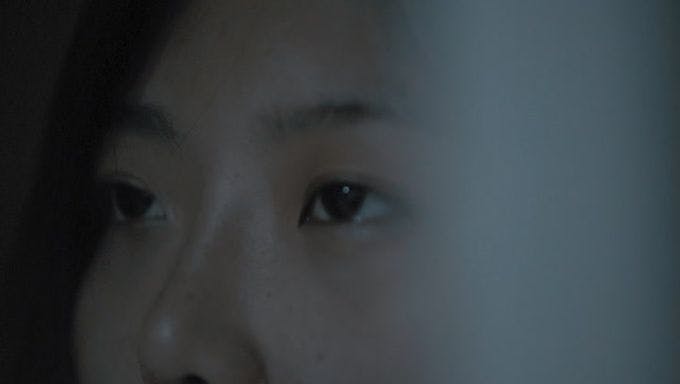The history of progress is written in the blood of men and women who have dared to espouse an unpopular cause.—Emma Goldman
“I’m not going to say who I am. Let other people think about it, let other people judge me,” Cecilia Mangini declared in her last film, Due scatole dimenticate (“Two Forgotten Boxes,” 2020), co-directed with Paolo Pisanelli. “What can I say for certain about myself?” she rhetorically asked. “That I was born on 31st July 1927 and I am still alive. That’s all.”
In an age of compulsive labeling and mass narcissism, Mangini’s words feel disorienting—out of time and place. Her self-negation wasn’t false modesty, though, but the genuine expression of a political and artistic life that belonged to a collective “we” rather than an individual “I.” Born in Mola di Bari, a small town in southern Italy, Mangini moved to Florence as a child but continued to visit her native town throughout her youth. She first experienced the potential of cinema in the postwar period at the newborn film societies, which screened the films that had been banned under the fascist regime. In 1952, she moved to Rome to work for the National Federation of Italian Film Societies, and there she met her future husband, the filmmaker Lino Del Fra, with whom she went on to co-direct several films. With the implementation of laws in the late 1950s that granted financial incentives to exhibitors who screened short documentaries before features, Mangini started directing and producing shorts, a format she would rarely stray from in her career.
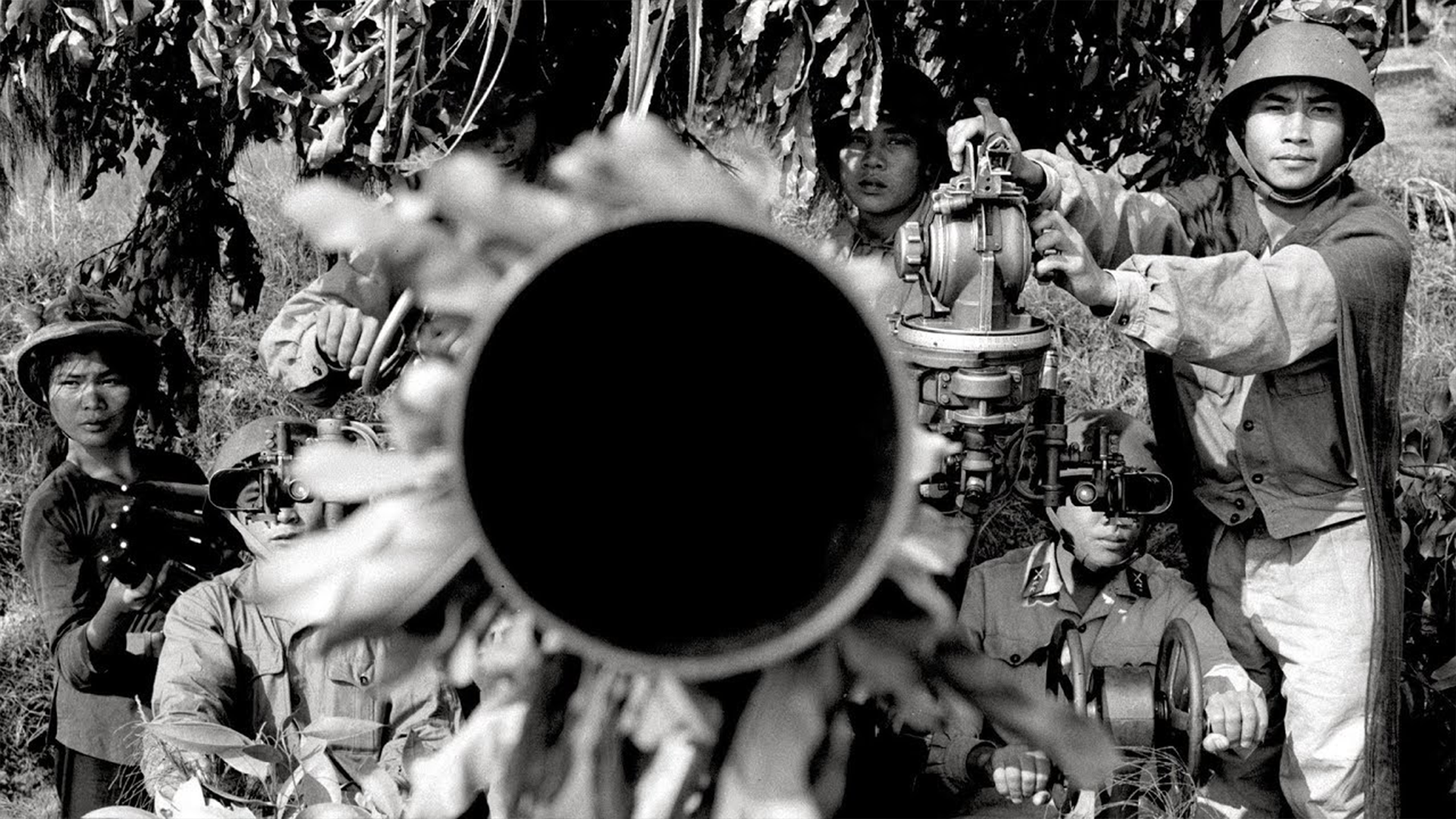
An unorthodox communist, Mangini conceived of documentary cinema as a means to broaden our understanding of reality; to extract what its official chronicles withhold. Objectivity had no place in her cinema, for she had learned early in life that the exalted term actually excluded many points of view. When she picked up still photography in the early 1950s she was told that it wasn’t suitable for girls: women weren’t supposed to walk and look around. Public space belonged to men. But Mangini did not yield to convention and went on to become the first female documentary filmmaker in Italy—a distinction she never flaunted. What mattered to her were those in front of the camera, not those behind it. Her films invite the spectator to see the world anew, and to discover freedom where everyone saw oppression and vice versa. Sometimes it was a matter of looking elsewhere, and at other times of looking otherwise, counterintuitively. The title and subject of her first film is a case in point: Ignoti alla città (“Unknown to the City,” 1958). Written by Pier Paolo Pasolini, Mangini’s debut was an unsentimental look at the life of street kids roaming the suburban borderland of the Italian capital, then suspended between the ruins of WWII and the onslaught of urban development. Censors asked her to remove a scene where kids steal from a newspaper seller, fearing it would instigate delinquency. She refused.
Insubordination and the autonomy that derives from it, even when enmeshed in the tight fabric of traditional society, is what the director both filmed and practiced. Mangini disclosed those social interstices where women were able to carve up a space of effective independence from the regimentation of their lives. Whether filming a rural farm, a factory shop floor, or the Vietnamese resistance, her camera seized moments of self-determination, be it personal or collective, often both. In Maria e i giorni (“Maria and the Days,” 1959), the titular protagonist, an old woman running a farm on behalf of her truant husband, disproves all the stereotypes associated with her kind. Strong-willed, subordinate to no one, Maria leads a life grandly indifferent to the role society has assigned her. She even practices black magic, the ultimate act of social rebellion for a woman living under the strictures of Catholic rule, which the director renders aesthetically by tinging her documentary with expressionistic overtones. The interiors of the woman’s dwelling are filmed in proto-giallo fashion, a low-angled camera capturing all the expressive potential of colors modulated by the interplay of light and shadow. A Halloween-esque pumpkin sits in her courtyard like an omen.
The pagan vestiges that had survived the Vatican’s totalitarian grip on religious practices captured Mangini’s curiosity, leading her to the work of Italian anthropologist Ernesto De Martino, a scholar of witchcraft, possession, and tarantism. It was one his books, Death and Ritual Mourning, that inspired her next film, Stendalì (1960), which focuses on a “troupe” of ritual mourners in a village in Puglia where an ancient Greek dialect is still spoken. Of these women who professionally stage funeral dirges, Mangini observed: “Their social role, to defend the family from the destructive pain of death and guarantee that mourning won’t be psychologically lethal for them, was of fundamental importance. Because of their function in society, they were treated with the utmost respect.” Far from idealizing the supposed idyll of premodern societies, as had been the case with most if not all neorealist directors up to then, she refused any form of paternalism, both aesthetic and narrative, when looking at her subjects. In Stendalì, rather than insisting on the picturesque exoticism of the ancestral rite, the director conveys the quasi-shamanic power these women exert through their ceremonial craft.
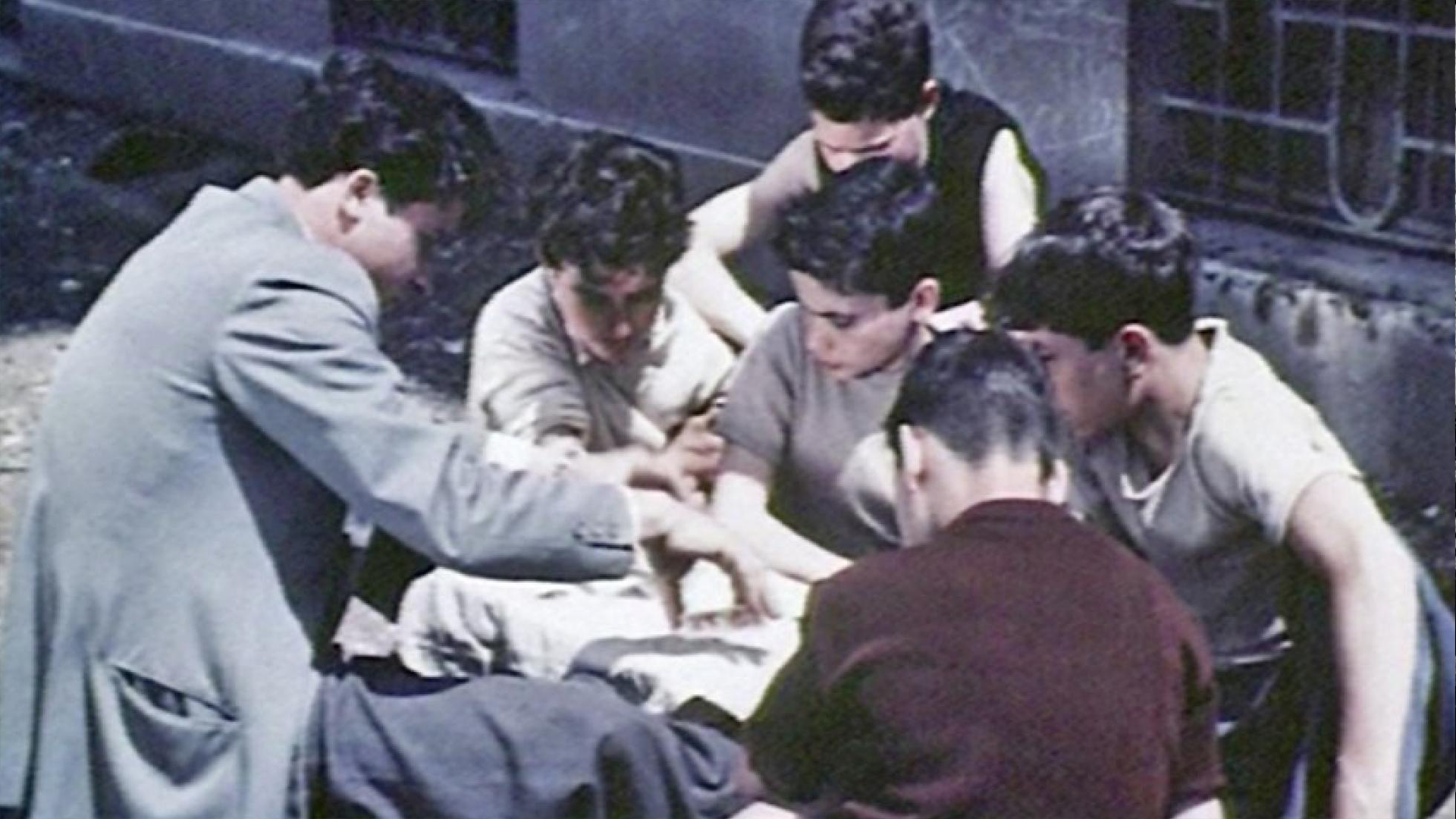
When filming religious rituals, Mangini avoided both secular arrogance and ethnographic romanticism. Her sly, anticlerical eye dwelled instead on the intrinsic paganism of popular spirituality like in Divino amore (“Divine Love,” 1963). Pilgrims flock to a sanctuary erected at the gates of Rome to the Virgin Mary in a religious tumult that would appear ancestral but is actually very modern, having only started after WWII. Through the elliptical deconstruction of the pilgrimage, experimentally edited like an avant-garde short, the director respectfully captures the transport of the faithful but simultaneously exposes the historical contingency of religion. As religious dogmas gave way to that of consumer modernism, Mangini’s cinema maintained the same ability to see past the appearances of society. In Essere donne (“Being Women,” 1965), for example, she denounces the dual exploitation of women—at home and in the workplace—under capitalist modernity with neither pity nor complacency. One of the first films to enter and document the working conditions in the big factories of northern Italy, Mangini’s documentary voices the silenced stances of working-class women squeezed between unpaid housework and wage slavery. While women in the North mostly toiled on the assembly line, those in southern Italy accompanied their daily domestic labor with sewing, olive-picking, and other informal, poorly paid jobs. That the conditions in the industrialized North hardly differed from the “underdeveloped” South says enough about the alleged empowering virtues of gainful employment. “The barely human condition that capitalist society grants workers is not emancipation but the beginning of the struggle for emancipation,” the voiceover enthuses as Essere donne closes with images of women clashing with riot police during demonstrations for better working conditions.
Essere donne was awarded the Special Jury Prize at the Leipzig Documentary Film Festival, East Germany’s first independent film festival, by a jury composed of preeminent documentarians Joris Ivens, John Grierson, and Paul Rotha. When its distribution in Italian cinemas was hindered by a bureaucratic move that wasn’t censorship but in name, the director personally appealed to the then minister of culture, a socialist MP, to no avail. (At the time, a Ministerial Commission, of which the film’s producers were also part, was in charge of determining which shorts were worthy of distribution without having to substantiate their choices, effectively deciding what was publicly screened and what was not.) The full force of Italian censors was unleashed on Mangini’s All’armi siam fascisti! (“To Arms, We’re Fascist,” 1962), co-directed with her partner and artistic accomplice Lino Del Fra along with Italian critic Lino Micciché. Entirely composed of archival footage, the film features a voiceover written by the poet Franco Fortini and traces the history of Italian fascism back to its material and economic roots. Most unforgivably for the country’s hypocritical censors, the film confrontationally asserted that fascism was still very much part of Italy’s social and political fabric. Not only did Italy not purge the remnants of fascism from its political class after the war, but its repressive tactics reemerged whenever social conflict threatened to disrupt the established order. Through the use of newsreels, interviews, and historical data, the film reconstructs and denounces the alliance of industrialists and a fearful petite bourgeoisie that ushered in Mussolini’s rule. It demonstrates how, backed by a business class terrified of the workers’ and peasants’ revolts that had shaken the country in 1919 and 1920, Mussolini was called to restore order, not to revolutionize society as he and his followers claimed. Fascism, the film argues, is “the armed organization of capitalist violence.”
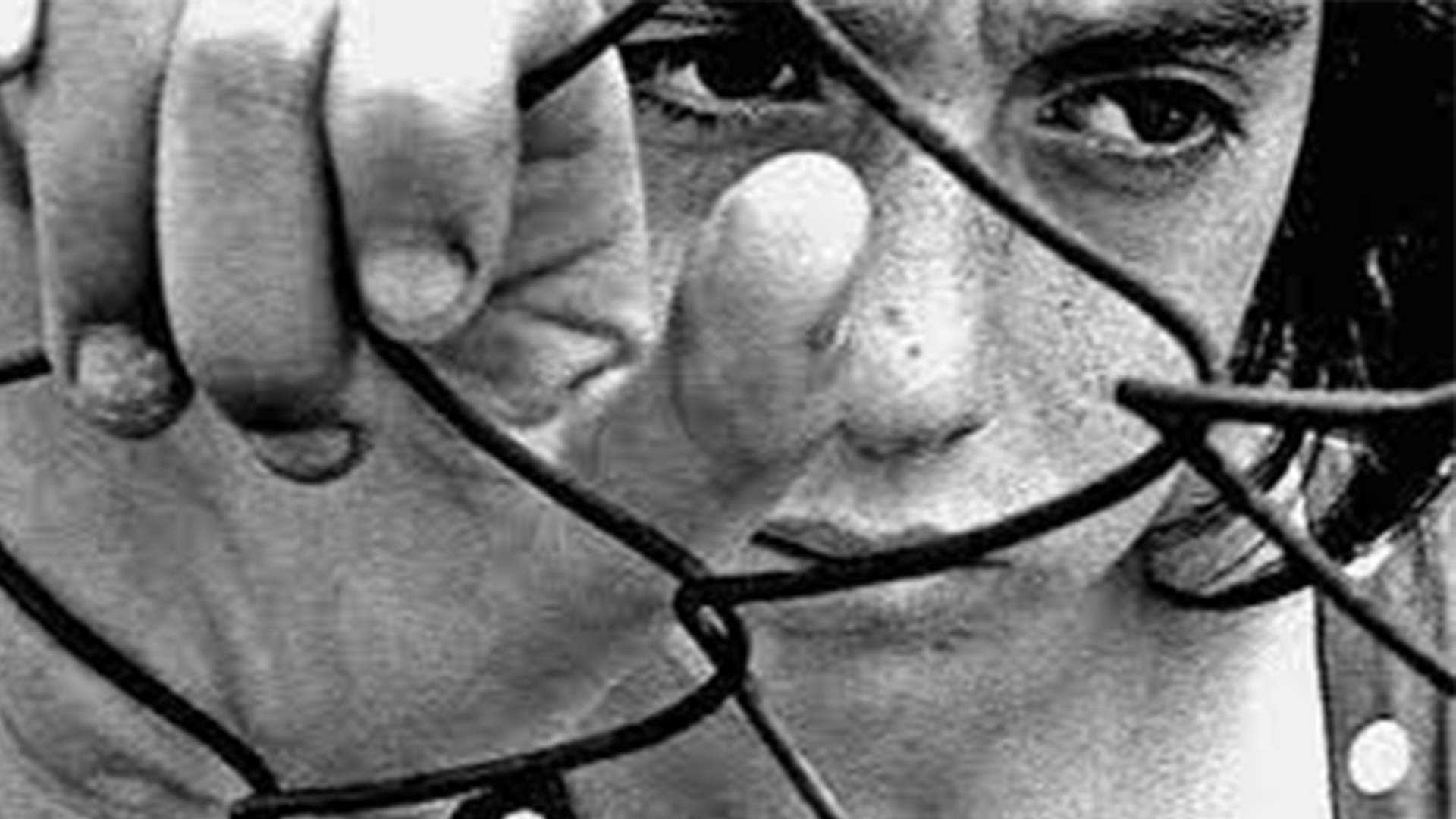
A change in the law regulating the production and exhibition of documentary films in Italy contributed to Mangini’s gradual disappearance from Italian screens. Starting in the early 1980s, short films were no longer eligible for state funding; the Venice Film Festival even stopped screening them for a period. She made little work during most of the ’80s and ’90s, except for a TV documentary, Comizi d’amore ’80 (“Love Meetings ’80,” 1983), meant as a sequel to Pasolini’s Love Meetings (1965), a documentary survey of (repressed) sexuality in Italy. She staged a comeback of sorts in the 2010s, when her work started circulating again at film festivals, leading to collaborations with fellow documentarians Mariangela Barbanente and Pisanelli. With the former she co-directed In viaggio con Cecilia (“Traveling with Cecilia,” 2013), a retrospective look at the effects of industrialization on her native region of Puglia interspersed with clips from her previous work. With the latter she made Two Forgotten Boxes which screened at the Rotterdam International Film Festival in 2020. The titular objects contained negatives of photos Mangini took in Vietnam in 1965 when working with Del Fra on a documentary that was never finished. The director had lost track of them, and their rediscovery occasioned both the film and a reflection on the dynamics of memory: its selective nature and ultimate (un)reliability. Mostly shot in Mangini’s own apartment in Rome, the film sifts through her personal archives and library, offering an almost organoleptic extension of her musings. With the same selfless lucidity, she examines the photos she took during her trip to Vietnam and ponders on the sediments they left in her memory. Also on vivid display is her talent as a still photographer, direct and piercing, generous like very few artists have been with their subjects and muses. At any moment in her filmography, the spectator senses her dedication to her subjects, her genuine interest in their predicament; her artistic ambition is always subordinate to those in front of her camera. Emblematic in this regard is how Two Forgotten Boxes ends; reminiscing on the disappointment of being unable to make the documentary she had wanted to, she ponders in voiceover: “we didn’t get to make the film, but the Vietnamese won the war.” Ultimately what mattered most to Mangini was the collective victory of the Vietnamese people against injustice, even at the expense of her own work.
***
Giovanni Vimercati is a film critic and scholar whose work (often under the pseudonym Celluloid Liberation Front) has appeared in Cinema Scope, Sight & Sound, Los Angeles Review of Books, Reverse Shot, New Statesman, MUBI, The Guardian, Filmmaker Magazine, Film Comment, and others. He is a graduate student at the American University of Beirut and an incoming PhD student at the University of California Santa Barbara.
Stills from Due Scatole Dimenticate (2020), Ignoti alla Città (1958), and Essere Donne (1965).
